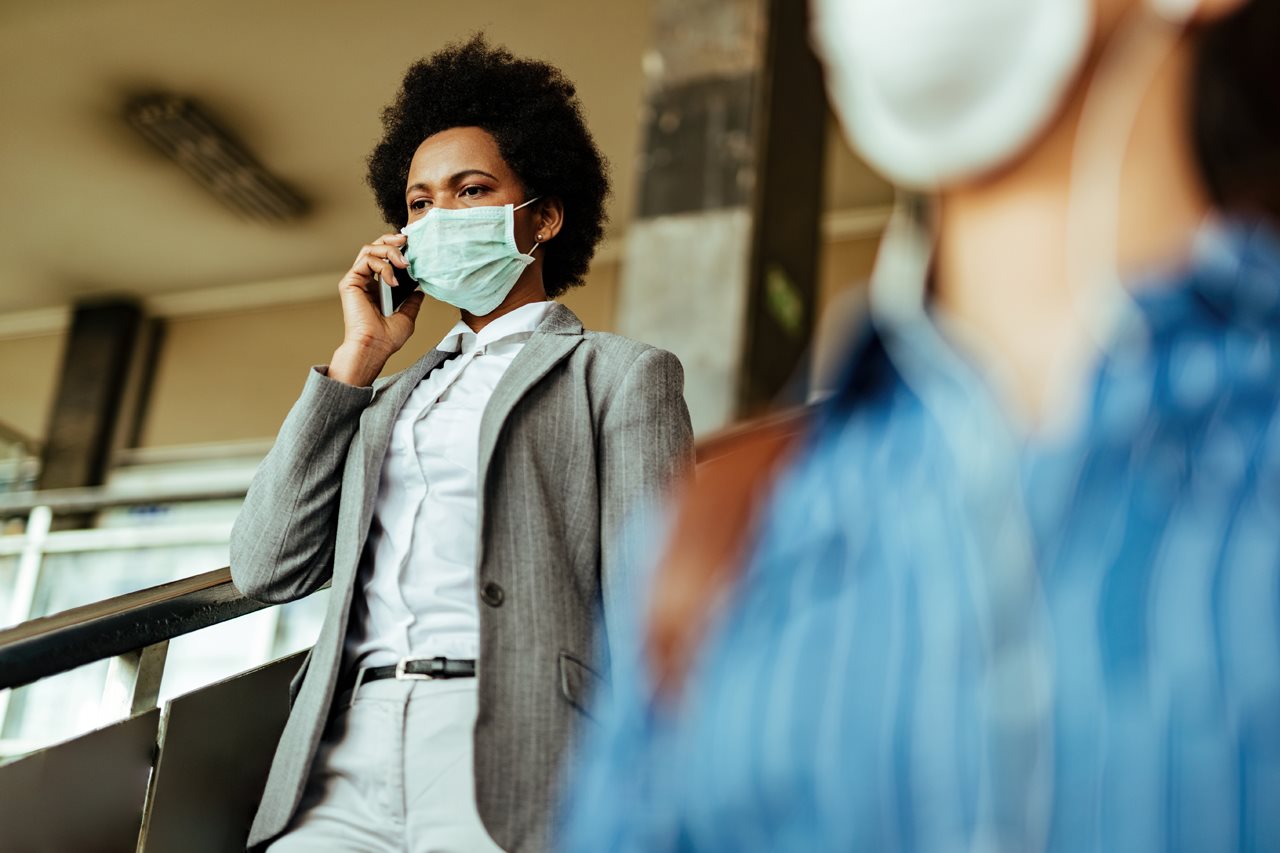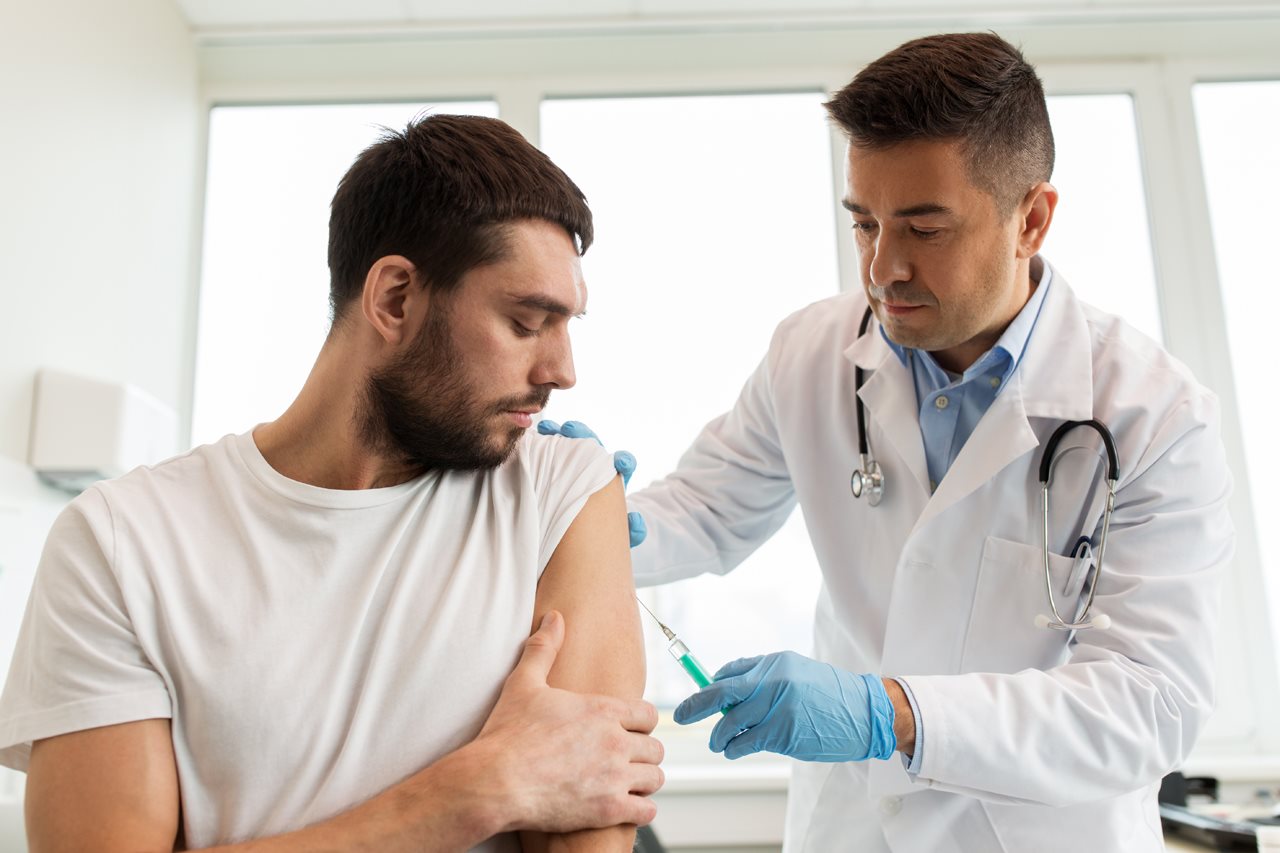4 reasons vaccines keep people healthy
(BPT) - The theory behind vaccines — that limited exposure to a disease may help inoculate against more severe illness — has circulated for centuries. In 16th century China, smallpox scabs were ground up and blown into people’s noses to shield them from the disease. While this strategy wasn’t successful, a similar one soon would be.[1] In 1796, the English physician Dr. Edward Jenner created the first real vaccine relying on the limited exposure theory. Dr. Jenner believed an infection with cowpox would protect people from smallpox.[2] He was right. The smallpox vaccine ended what had been a long and tragic battle against a disease that killed 30 percent of those infected, all the way back to when it first emerged in ancient Egypt.[3]
Dr. Jenner’s success paved the way for Louis Pasteur’s rabies vaccine almost a century later,[4] followed by vaccines for other life-threatening diseases such as whooping cough, diphtheria, tetanus, influenza and mumps. Manufacturing advances made it possible to produce large quantities of vaccines, leading to global immunization and vaccination for some diseases and helping to eradicate additional diseases worldwide.

For centuries, vaccines have saved countless lives. Vaccination continues to be the strongest defense against infectious disease — including COVID-19.
“The promise and understanding of vaccines as a way to combat serious infectious diseases have never been stronger or more important and we shouldn’t wait for the next outbreak to continue innovating,” said Stan Erck, President and CEO at Novavax, a leading vaccines-focused biotechnology company headquartered in Gaithersburg, Maryland. “That’s why for the last 30 years Novavax has been focused on developing vaccine candidates to protect against both emerging diseases and future disease outbreaks.”
Despite vaccines’ ability to prevent diseases, some people remain skeptical. Here are four reasons why vaccines are critical to fighting disease and keeping people healthy.
1. Vaccines are effective

Thanks to vaccines, some diseases like smallpox – which resulted in 300-500 million deaths in the 20th century – have been totally eradicated,[5] while other viruses have been almost eliminated. Polio, which peaked in the US in 1952, with more than 21,000 paralytic cases, is seen today in only a handful of countries,[6] and many other once devastating diseases are in decline.
Vaccines are now also being explored as an answer in the fight against malaria, an incurable disease that is rampant in many areas of the world already challenged by insufficient healthcare resources.[7],[8] According to the 2020 World Malaria Report, there were 229 million malaria cases in 2019, killing more than 400,000 people, including a large number of children.[9]
2. Infectious diseases are not going away

As this past year demonstrated, new viruses continue to appear, while some diseases of decades past remain. Vaccinations are essential to protect people – no matter where they live – from existing diseases and to safeguard against new ones.
“Continued innovation in medical research and vaccine technology is the only way to keep up with emerging disease challenges and related health risks around the world,” said Dr. Gale Smith, Chief Scientist at Novavax. “We’ve been behind the scenes working on vaccine-preventable diseases for well over a decade.”
3. Innovation equals progress

As we’ve seen with influenza, where each new season may produce new strains, viruses often mutate over time. To protect us, scientists and biotechnology companies at the forefront of innovation continuously adapt some vaccines or create new vaccines to keep up with these threats as they emerge around the world.
“Viruses don’t stand still so neither does science,” said Dr. Gregory Glenn, President of Research and Development at Novavax. “We are constantly researching and developing vaccine candidates to be sure we adapt as the viruses adapt.”
4. Vaccines are convenient

Unlike medications that require daily doses to be effective in the prevention or treatment of disease, many vaccines require only one or two doses, which is far more convenient and makes compliance much easier than ongoing treatments. However, in some cases, the effect of a vaccine can fade over time, requiring a booster shot. For example, tetanus boosters are recommended every 10 years,[10] and vaccination against influenza is recommended annually to protect against the latest circulating strains.[11],[12]
Combination vaccines that prevent more than one disease with a single dose, such as the DTaP (diphtheria, tetanus, pertussis) vaccine, provide added convenience. Several biotechnology companies are working to create combination vaccines that include a COVID-19 vaccine, such as in combination with an influenza vaccine, to inoculate people against multiple viruses simultaneously.
To learn more about the latest from Novavax, a biotechnology company developing next-generation vaccines for serious infectious diseases, visit www.novavax.com.
[1] Keenan, Greta. A Brief History of Vaccines and How They Changed the World. World Economic Forum. https://www.weforum.org/agenda/2020/04/how-vaccines-changed-the-world/. Accessed 8/18/2021.
[2] Smallpox Vaccines. World Health Organization. https://www.who.int/news-room/feature-stories/detail/smallpox-vaccines#:~:text=The%20smallpox%20vaccine%2C%20introduced%20by,protected%20against%20inoculated%20variola%20virus. Accessed 8/18/2021.
[3] History of Smallpox. Centers for Disease Control and Prevention. https://www.cdc.gov/smallpox/history/history.html. Accessed 8/18/2021.
[4] Hicks, D.J.; A.R. Fooks and N. Johnson. Developments in Rabies Vaccines. National Center for Biotechnology Information, National Institutes of Health. https://www.ncbi.nlm.nih.gov/pmc/articles/PMC3444995/#:~:text=Louis%20Pasteur%20developed%20the%20earliest,desiccated%20progressively%20in%20sterile%20air. Accessed 8/18/2021.
[5] Disease Eradication: What Does It Take to Wipe out a Disease? American Society of Microbiology. https://asm.org/Articles/2020/March/Disease-Eradication-What-Does-It-Take-to-Wipe-out. Accessed 8/18/2021
[6] Front Matter: Poliomyelitis. Centers for Disease Control and Prevention. https://www.cdc.gov/vaccines/pubs/pinkbook/polio.html. Accessed 8/18/2021.
[7] Malaria: Key Facts. World Health Organization. https://www.who.int/news-room/fact-sheets/detail/malaria. Accessed 8/18/2021.
[8] Bill & Melinda Gates Foundation. Malaria. https://www.gatesfoundation.org/our-work/programs/global-health/malaria. Accessed 8/18/2021.
[9] World Malaria Report 2020. World Health Organization. https://www.who.int/publications/i/item/9789240015791. Accessed 8/18/2021.
[10] Tetanus Shots: Is It Risky to Receive Extra Boosters? Mayo Clinic. https://www.mayoclinic.org/diseases-conditions/tetanus/expert-answers/tetanus-shots/faq-20058209#:~:text=After%20the%20initial%20tetanus%20series,had%20your%20last%20tetanus%20shot. Accessed 8/18/2021.
[11] Why do I need a flu vaccine every year? European Centre for Disease Prevention and Control, 2016. https://www.ecdc.europa.eu/sites/default/files/documents/influenza-why-do-I-need-flu-vaccine-every-year-infographic.pdf. Accessed 5/24/2021.
[12] Understanding How Vaccines Work. Centers for Disease Control and Prevention. https://www.cdc.gov/vaccines/hcp/conversations/understanding-vacc-work.html. Accessed 8/18/2021.

